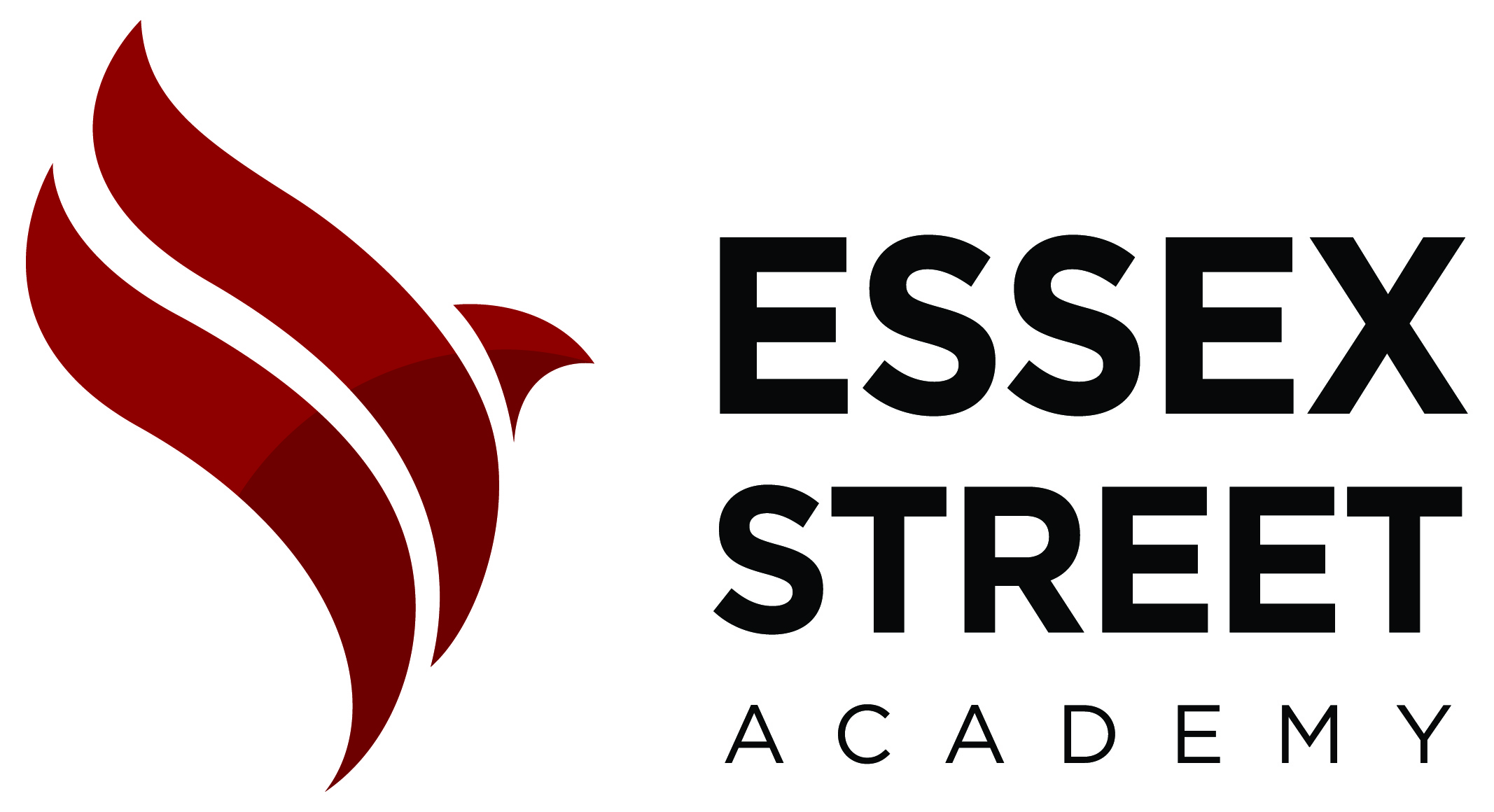PoP: How might we authentically include students with severe disabilities so they are academically engaged in their classes and socially engaged in the school community through my role in Speech?
ESA strives to be a community inclusive of all people, and in many ways we are successful. However, over the past few years, with the shift toward academic inclusion in community schools, we are receiving an increasing population of students with severe disabilities, particularly Autism and ID. Navigating this new dynamic in an effort to authentically include our most disabled students has been challenging for both staff and students. As a staff we constantly question whether these students are learning, in the classroom as well as through social interactions with peers. Perhaps more importantly, we question whether we are doing enough to prepare these students for life after ESA, the “real world.” Our students with Autism and ID struggle with the content, workload, and pace in their classrooms. Due to processing deficits, these students often drift off into their own minds, seemingly “checking out” during class readings and activities. In addition to missing out on content material, they also fall behind in their at-home assignments because of knowledge gaps as well as executive functioning deficits. Our profoundly disabled students also come to us with massive vocabulary deficits, automatically putting them on a lower playing field than their peers. Additionally, they struggle with expressive language such as how to initiate appropriate social conversations and how to ask for help in meaningful ways in the classroom. Our students with Autism present as more socially isolated than their peers with ID, as one of the hallmarks of their disability is difficulty interpreting both verbal language and nonverbal communication cues. Interestingly, two of our students with Autism tend to overstep their boundaries during social interactions, interjecting comments at inappropriate moments, while our other student with Autism presents as completely uninterested in social interaction (though this is not the case), neither initiating conversation nor commenting during social exchanges. Although our students with disabilities have varying levels of social impairment, all struggle to find their place in the fabric of teenage socialization.


This is a fascinating dilemma you face. How do with ID and Autism engage with other students in Speech class? What types of social cues do you have them recognize, and how do you teach them to respond to said cues? I never realized how much of Speech classes involves equipping students with life skills.
I’m sure you’re probably aware of the National Center for Learning Disabilities, but I recently came across their website. In fact, they are headquartered here in TriBeCa. Here’s a link to an article that was interesting to me. I wonder if they offer any workshops that would be of interest to you and/or the SpEd Dept?
https://www.ncld.org/archives/reports-and-studies/self-advocacy-skills-and-self-determination-for-students-with-disabilities-in-the-era-of-personalized-learning
While I do think that structures like Advisory and Town Meeting help with socialization, I also think that students with ID and Autism might benefit from smaller class settings like Speech where they learn how to socialize in settings like Advisory and Town Meeting. Just as we gather in grade teams to discuss how to run our Advisories, perhaps some students need to learn how to actually be themselves in settings that are uncomfortable for them. I would imagine that students with ID and Autism could really benefit from SpEd supports like Speech and SETSS where they learn to navigate their way through a world that is not always quick to embrace them.